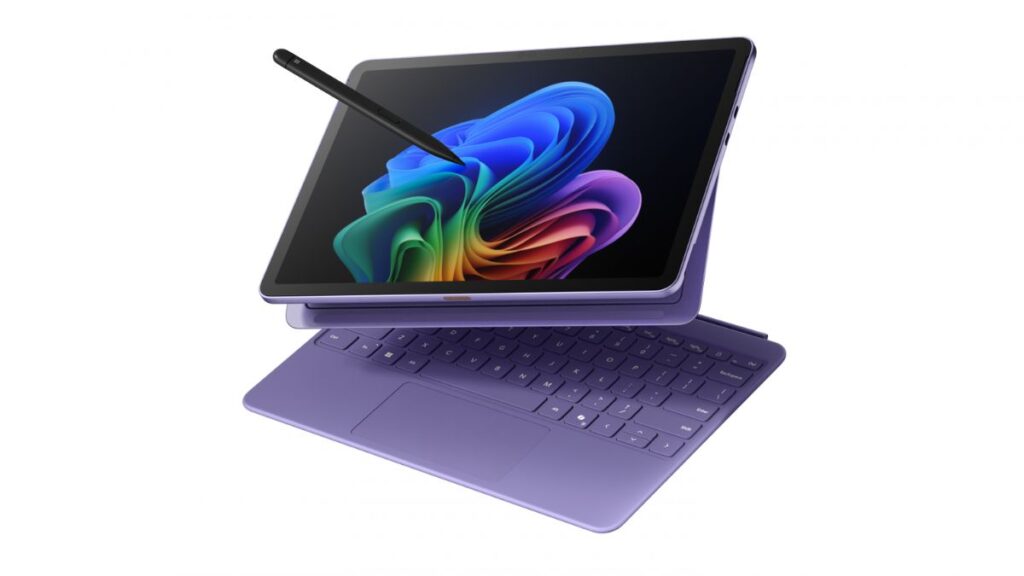The tech industry’s brightest spotlights tend to be fickle which is hardly surprising since marketing and self-promotion are often part of the game. But that doesn’t mean that real work and progress aren’t being accomplished on stage. That’s surely true in the case of Internet of Things (IoT) technologies, especially those focusing on vertical-specific scenarios and use cases.
Often called industrial Internet of Things (IoT) solutions, these offerings are designed to simplify and streamline common functions in workplaces, like factories and manufacturing facilities and processes unique to specific verticals and sectors, including agriculture, automotive, oil/gas and pharmaceuticals.
Industrial IoT and strategic partners
A point about industrial IoT solutions that tends to be overlooked is the critical position that vendors’ partners fulfill. That’s largely due to the specialized knowledge and deep experience they bring to solution development and deployment.
However, there’s more to it than that. After all, virtually all manufacturing processes share some common elements, including materials acquisition, supply chain management and facilities requirements. But it would be difficult to argue that building, say, cars and trucks is analogous to manufacturing semiconductors.
Plus, industries differ widely in terms of locale, climate, transportation and other outside factors. And don’t forget the impact that varying government and industry regulatory requirements have on the process. Those can exert especially severe effects on globally dispersed organizations.
Frankly, no single vendor possesses the knowledge or experience required to fully support, let alone deliver the goods in such situations which is where strategic partners step in. These vertical industry experts can and do contribute in numerous ways, from developing commercial endpoints to providing necessary components to integration, deployment and management services.
Given their importance, what can primary vendors do to ease or encourage those efforts? It’s worth considering what two, Dell EMC and Microsoft, are doing in that regard.
Dell EMC – Systemic OEM evolution begets IoT
Dell EMC’s efforts in IoT evolved organically from the company’s considerable OEM (original equipment manufacturing) business and organization. The OEM group, long a force within Dell, primarily focuses on partnering with companies that leveraged its products in branded solutions ranging from commercial game consoles to ATMs to digital signage to retail kiosks.
Dell also provides OEM partners a variety of related options. Those include access to its formidable supply chain resources, industrial design and product marketing services, and sales/distribution support through the company’s product catalog.
Not surprisingly, many of these same services and solutions are valuable for IoT developers and entrepreneurs. So the company’s new IoT business found a happy home within in the OEM organization where it resides under the watchful eye of recently-appointed SVP and GM Bryan E. Jones and his boss, Joyce Mullen, president of Dell EMC’s Global Channel, OEM & IoT organization.
Dell EMC introduced its first purpose-built IoT-specific solution – the Edge Gateway 5000 – in October 2015 (launching what has become a host of Edge Gateway and embedded PC solutions and accessories). Plus, the company is accelerating IoT efforts across its broader portfolio. There is a decided vertical industry theme running through Dell EMC IoT with notable successes occurring in areas, including agriculture, cold chain logistics, building management, healthcare services and industrial design.
By virtually any measure, Dell EMC’s IoT efforts are a prime example of a vendor that does well for itself by doing good things for its partners.
Microsoft – Creating a new foundation for IoT
Microsoft has pursued a number of IoT efforts, some more substantive than others. For example, its first initiative consisted of rebranding the Windows Embedded portfolio to Windows IoT. That was followed by other efforts, including the launch of the Azure IoT Suite which leverages the company’s Azure public cloud platform to support IoT functions and commercial services.
Last week, Microsoft took a significant additional step with the introduction of Azure Sphere, a new solution for creating and managing secure, Internet-connected devices. Azure Sphere integrates three critical elements; 1) certified microcontrollers (MCUs) that include custom silicon-based Microsoft security technology, 2) Azure Sphere OS which combines Windows-derived security features, a security monitor and a custom Linux kernel, and 3) Azure Sphere Security Service – a turnkey cloud service that guards Azure Sphere devices and brokers trust for device-to-device and device-to-cloud communication through certificate-based authentication.
Azure Sphere depends on an interesting mix of old school (Windows) and counterintuitive new (Linux kernel) elements, tidily wrapped in a security-centric, cloud-enabled silicon package. Those new additions to Microsoft’s stable may seem initially confusing. But remember that under the leadership of CEO Satya Nadella, the company has become far more mature and realistic in its approach to and support for open source technologies and projects.
Final analysis
So, what are we to make of these efforts and how they reflect and support their owners’ respective partner ecosystems? In the case of Microsoft, while Azure Sphere is bold it carries more than a small whiff of “If you build it, they will come” mentality, meaning that the effort is as collectively organic as a can of Cheez Whiz. That’s not to knock the platform’s technical features or capabilities which appear well-considered and capable of delivering on Microsoft’s claims.
It seems certain that many of the company’s partners will be intrigued and even enthusiastic about Azure Sphere. But others will likely hesitate over its dependence on new and essentially untested Linux and MCU technologies. That could inspire many Microsoft partners to hold off until Azure Sphere is more mature and provably roadworthy than it is today.
In stark contrast, Dell EMC’s IoT-focused offerings and services are and always have been clearly partner-focused through their close association with and the oversight of the company’s OEM organization and leadership. In fact, it is hard to think of another IoT effort that follows such a fully-realized, partner-focused organic development model.
Like other vendors’ IoT offerings, Dell EMC’s solutions and services are still relatively new. However, they are built on a solid foundation of established, trusted and dependable products and processes that are well-understood and respected by the company’s strategic partner communities. In practical terms, that means Dell EMC IoT is less likely to falter and more likely to deliver promised benefits and opportunities than other similar efforts.
Overall, both Dell EMC and Microsoft are leveraging their respective strengths to help their partners pursue and capture new and emerging Internet of Things opportunities, including many focused-on industry-specific scenarios and use cases. It’s far too early to know how the IoT race will eventually conclude. But from the look of Dell EMC’s IoT portfolio and Microsoft’s new Azure Sphere offerings, the companies’ respective strategic partners are likely to come out winners.



